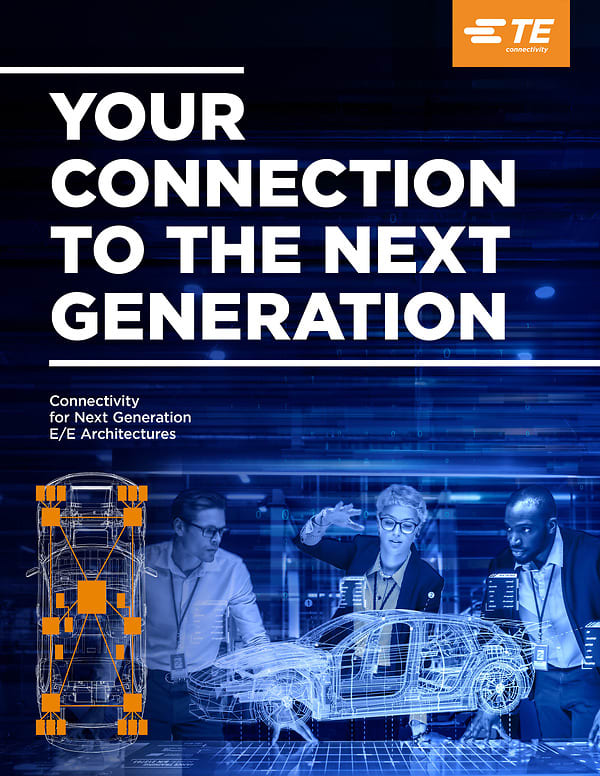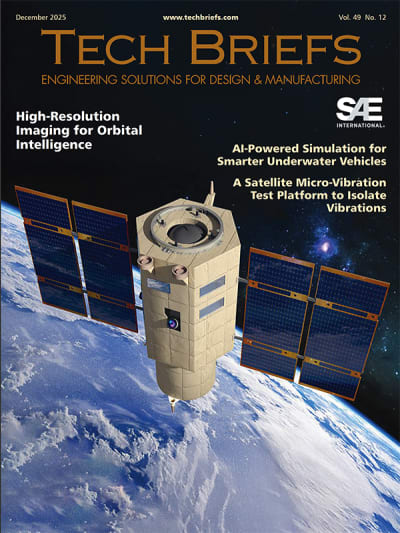
White Paper: Connectivity
Next-Gen E/E Vehicle Design: Are You Ready?
SPONSORED BY: ![]()
Consumer demands are reshaping how vehicles are designed and manufactured, driving rapid innovation in electrical/electronic (E/E) architectures. Get insights from TE Connectivity experts into the trends driving this automotive evolution, their impact on vehicle design, and the scalable, innovative technologies and connectivity solutions that are enabling safer, smarter, and more sustainable vehicles.
Don't have an account?
Overview
The white paper discusses the evolution of electrical/electronic (E/E) architectures in vehicles, driven by changing consumer demands and technological advancements. Modern car buyers prioritize personalization, connectivity, safety, and sustainability, leading to a shift in how vehicles are designed and manufactured. Traditional point-to-point wiring systems are becoming inadequate due to the increasing complexity of vehicle functions, necessitating a transformation towards next-generation E/E architectures.
These architectures feature centralized, high-power control units organized into distinct zones, which streamline wiring harnesses, reduce weight, and simplify installation. This shift allows for more scalable and flexible vehicle designs, enabling the integration of advanced software-enabled features. The paper highlights the importance of robust and high-speed communication networks that facilitate seamless data exchange between different zones, essential for supporting the growing number of electronic functions in vehicles.
The concept of PACES (Personalized, Autonomous, Connected, Electrified, and Shared) encapsulates the new consumer expectations. Vehicles must now offer a customized digital experience, enhanced safety through automation, constant connectivity, and a commitment to sustainability. As a result, automakers are exploring various architectural approaches, including fully centralized computing and zonal control, to meet these demands.
The paper also emphasizes the potential for new business models, estimated to be worth up to $700 billion by 2030, through software-enabled features offered on demand. However, challenges remain, such as managing the increasing connector footprint on zone controllers and centralized high-power computers. Modular and multi-hybrid data connectivity solutions are proposed to address these challenges, integrating various data and power connections into compact assemblies.
In summary, the white paper outlines how the automotive industry is adapting to new consumer expectations through innovative E/E architectures and connectivity solutions, paving the way for a more efficient, flexible, and sustainable future in mobility.


